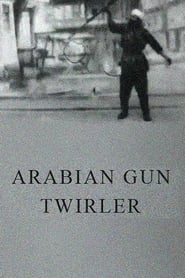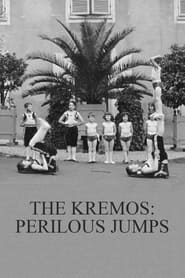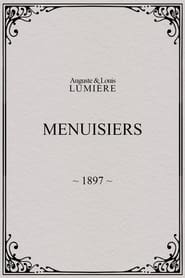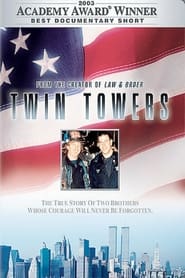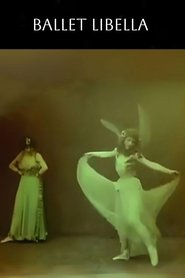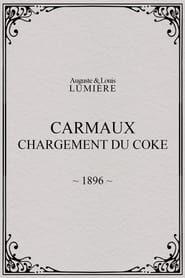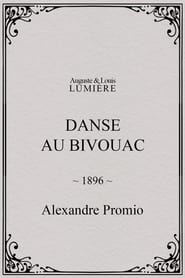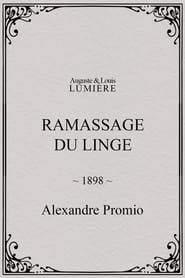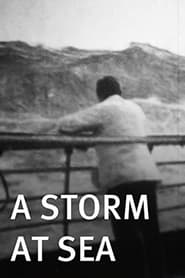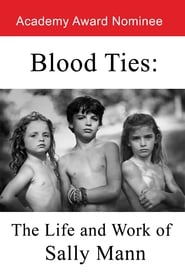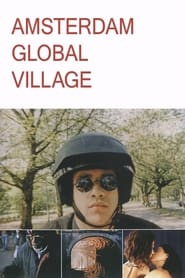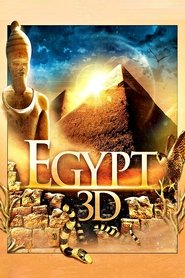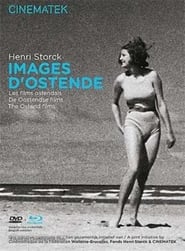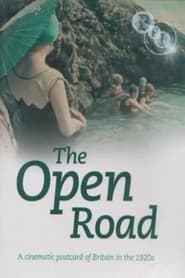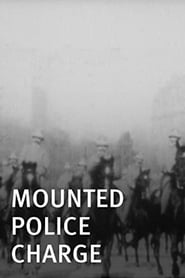Top Rated Documentary Movies - Page 351
-
Arabian Gun Twirler
1899
Arabian Gun Twirler
1899
star 4.7"An interesting exhibit by Hadji Cheriff, of the original Midway Plaisance. Twirls his rifle over his shoulder, behind back, under leg, both hands and one hand." -
Carpenters
1896
Carpenters
1896
star 5.2In front of a building, five carpenters are working on woodworking machines. -
Twin Towers
2003
Twin Towers
2003
star 5.8Winner of the 2002 Oscar for Best Documentary Short Subject, this film chronicles the aftermath of the terrorist attacks on the World Trade Towers. Filmmakers Bill Guttentag and Robert David Port joined Harlem police as they arrived at the chaotic scene after jet airplanes had struck the two buildings. The film captures the harrowing reality of the attacks as the officers cope with disbelief and fear while remaining focused on saving lives. -
Ballet Libella
1897
-
Danse au bivouac
1896
-
Ramassage du linge
1898
-
A Storm at Sea
1900
A Storm at Sea
1900
star 5.8While our photographers were crossing the Atlantic Ocean a most wonderful and sensational picture was secured, showing a storm at sea. The picture was secured by lashing the camera to the after bridge of the Kaiserine Maria Theresa, of the North German Lloyd Line, during one of its roughest voyages. The most wonderful storm picture ever photographed. Taken at great risk. (Edison Films, 1901) -
Blood Ties: The Life and Work of Sally Mann
1994
star 5.2An intimate portrait of the photographer and the complex, enigmatic pictures she takes of her children. -
Amsterdam Global Village
1996
star 6.6"I am far away on a distant journey through my own city", filmmaker Johan van der Keuken says at the end of his four-hour portrait of Amsterdam. The city is presented as a place where people from all corners of the world live, who all exert their cultural influence on the life in the city. With a motor courier as his central figure, the filmmaker introduces the audience to birds of different feathers. We see diverse cultural expressions, like the house scene, the entry of St. Nicholas and a Ghanese mourning ritual. The binding factor in the film is the concept of 'travelling', in other words Amsterdam as a global village. The camera travels through the film in three ways: over land, over water (canals) and through the air. -
Viramundo
2013
Viramundo
2013
star 5.8Gilberto Gil is among Brazil's most famous musicians, having influenced an entire generation in South America and beyond. Now in his seventies, he is serving as Brazil's first black Minister of Culture. Preoccupied with many realities of the modern world, such as racism and poverty, he embarks on a tour through the southern hemisphere— from aboriginal communities in Australia and the townships of South Africa, to the Brazilian Amazon— seeking to promote the power of cultural diversity in a globalized world. -
Egypt 3D
2013
Egypt 3D
2013
star 6With this publication experience the mysterious mythology of Egypt and be up close during an excavation "live" there. Uncover together with the research team an untouched for centuries tomb and fumble your way bit by bit through her secret with unique 3D shooting. -
Starting a Skyscraper
1902
star 4.4Taken in the immense excavation for the foundation of the new Macy building at the corner of Broadway and 34th Street, New York. -
Images of Ostend
1929
Images of Ostend
1929
star 6.9Structured in visual chapters: the port, anchors, the wind, the spray, the dunes, the North Sea… A series of images that need no anecdote or explanation. Storck offers a glimpse of Ostend, aspects that order its multiple constitutive elements; The water, the sand, the waves, vital cinematic language displayed in simple pictures. A poetic and kinetic shock, without fiction or sound, which relieves film from its narrative obligation and restores it to the world of sensations that it can alone carry. -
The Open Road
1926
The Open Road
1926
star 6.7In the summer of 1924 Claude Friese-Greene, a pioneer of colour cinematography, set out from Cornwall with the aim of recording life on the road between Land’s End and John O’Groats. Entitled The Open Road, his remarkable travelogue was conceived as a series of shorts, 26 episodes in all, to be shown weekly at the cinema. The result is a fascinating portrait of inter-war Britain, in which town and country, people and landscapes are captured as never before, in a truly unique and rich colour palette. -
Inflation
1928
Inflation
1928
star 6.2Inflation (1928) is an experimental silent film at eight minutes which is sometimes categorized as a documentary. By now Richter is well beyond playing with light & shadow. Inflation explores the subject of money through photographs & with with stop motion animation techniques, adding faces of people impoverished & enriched by the unpredictability of finance. It functions almost as a political cartoon in motion, building to a chaotic & catastrophic climax. -
Mounted Police Charge
1896
star 3.4"A battalion of New York's famous mounted police at inspection. They approach at break-neck gallop." - from the Edison Catalog
 Netflix
Netflix
 Amazon Prime Video
Amazon Prime Video
 Apple iTunes
Apple iTunes
 Apple TV Plus
Apple TV Plus
 Disney Plus
Disney Plus
 Google Play Movies
Google Play Movies
 Paramount Plus
Paramount Plus
 Hulu
Hulu
 HBO Max
HBO Max
 YouTube
YouTube
 fuboTV
fuboTV
 Peacock
Peacock
 Peacock Premium
Peacock Premium
 Amazon Video
Amazon Video
 The Roku Channel
The Roku Channel
 AMC+
AMC+
 Kocowa
Kocowa
 Hoopla
Hoopla
 The CW
The CW
 Vudu
Vudu
 Starz
Starz
 Showtime
Showtime
 PBS
PBS
 Pantaflix
Pantaflix
 FXNow
FXNow
 Tubi TV
Tubi TV
 Kanopy
Kanopy
 Comedy Central
Comedy Central
 Crunchyroll
Crunchyroll
 Microsoft Store
Microsoft Store
 Redbox
Redbox
 Sun Nxt
Sun Nxt
 ABC
ABC
 DIRECTV
DIRECTV
 Crackle
Crackle
 Fandor
Fandor
 Plex
Plex
